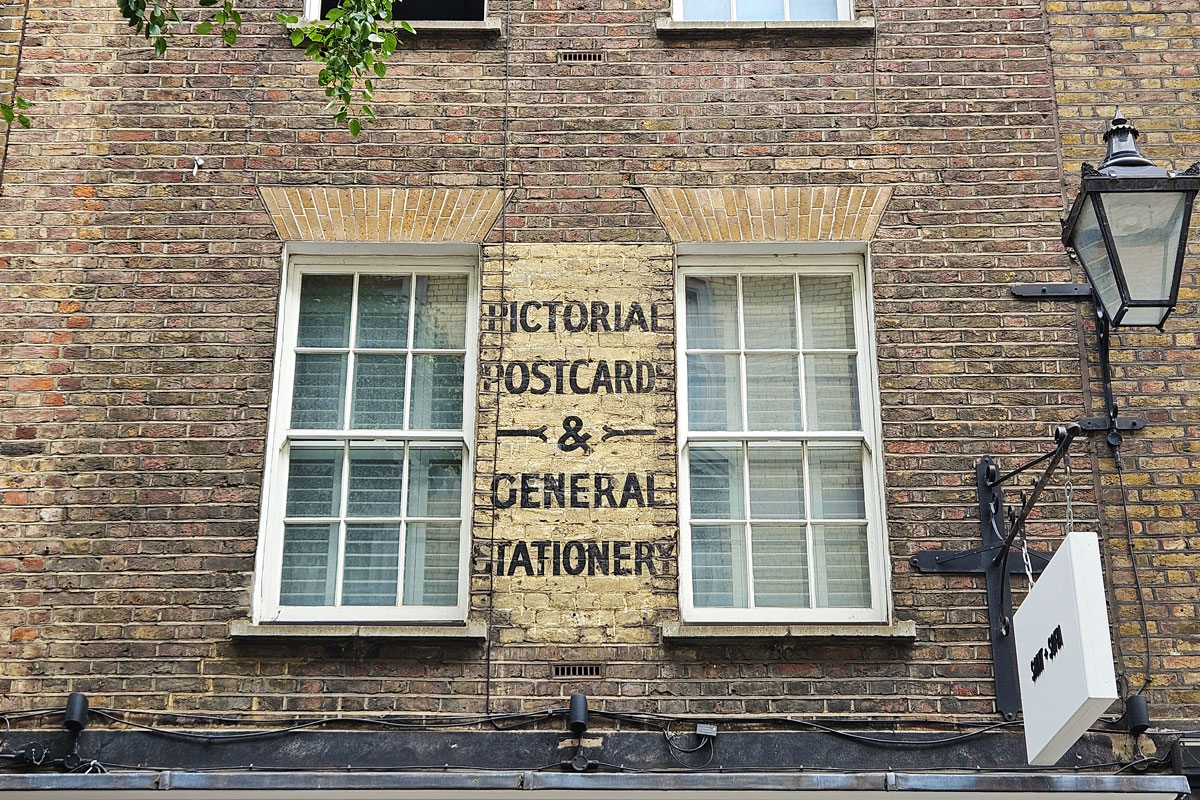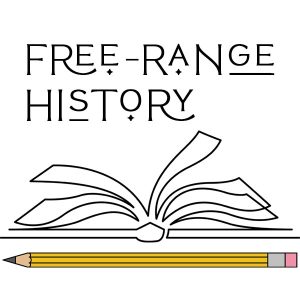Below you will find links to some interesting history-related articles I’ve read (and watched) recently, a recently captured photo of London history, and a bit of writing history that was new to me.
Enjoy!

History writing
- A successful hunt for the identity of an unnamed woman (Christine Laitin, nee Houdayer) demonstrates the importance of history research and writing.
- Is Tommy Flowers, a working-class Post Office engineer, the real father of computing (rather than Alan Turing)?
- I love the sound of John Hopkins University’s collection of, and course on, literary and historical forgery of rare books, manuscripts and other ephemera.
- More ruins! Discover what’s unexpectedly hiding inside a derelict cottage on the northeast coast of England.

History

A ‘ghost sign’ I spotted while wandering in west central London recently, advertising a bygone shop that sounds right up my street. It’s painted between the first floor windows of what is today 35 Monmouth Street, which runs through Seven Dials in Covent Garden.
The four-storey building is Grade II listed by Historic England and described as a house with later shop dating from the early 18th Century with early 19th Century alterations. In this period, the road was known as St Andrew’s Street, which, at some point between the mid-1700s and early-1800s, was split into Little St Andrew’s Street (the lower, south half) and Great St Andrew’s Street (the upper, north half). It was on Great St Andrew’s Street, on the east side of the road, that our former pictorial postcard and general stationery store operated. (Today, it’s a women’s fashion shop.)
Explore more London ghost signs.

Writing
Jack Kerouac’s unacknowledged daughter, Jan, wrote her own road trip book 24 years after her father. It has “echoes of familiar Beat themes, but the book’s dark music is all her own”.


